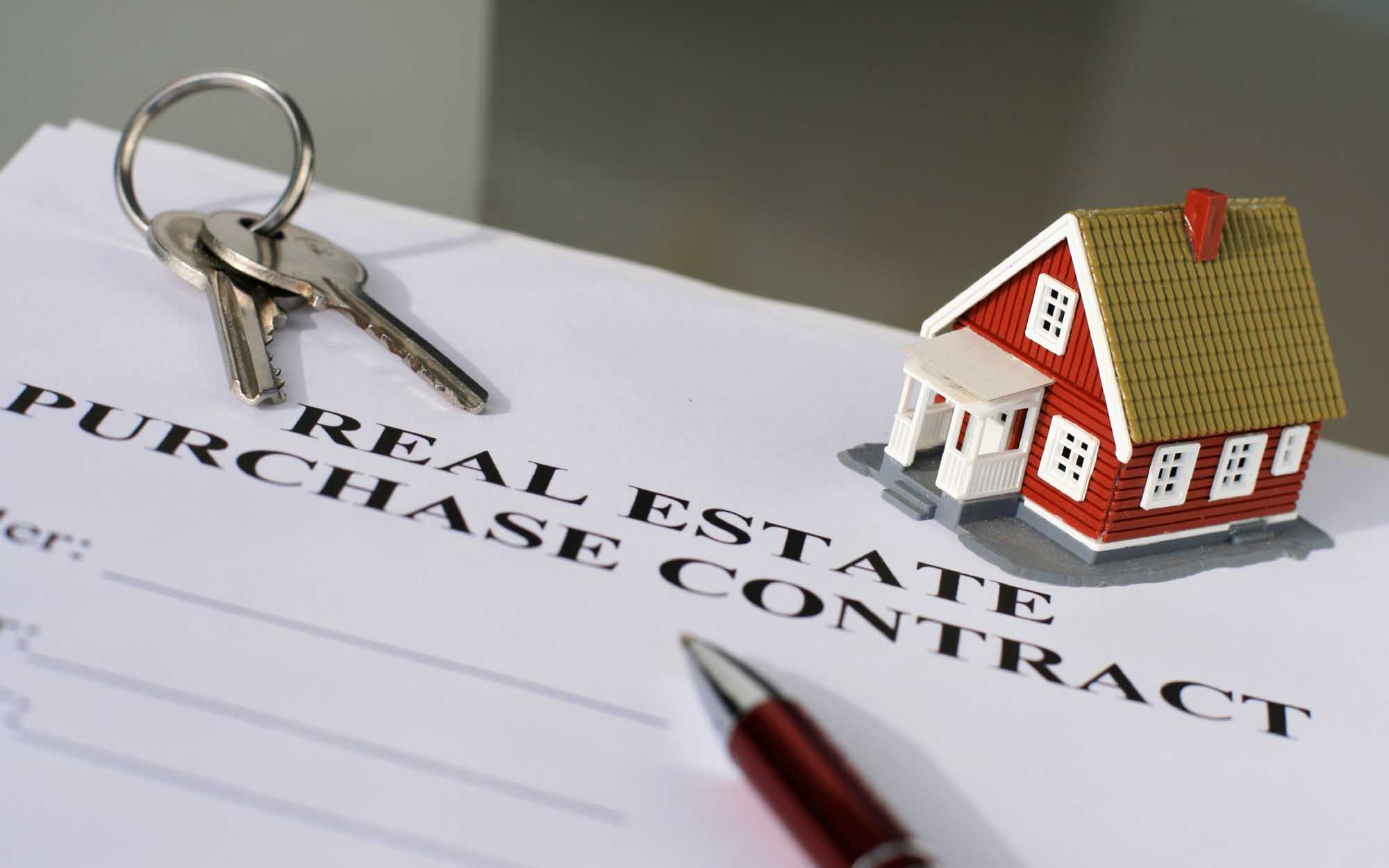Property conveyancing refers again to the legal process concerned in transferring the ownership of a property from one celebration to a different

Property conveyancing refers to the authorized course of concerned in transferring the possession of a property from one get together to a different. This process is typically overseen by a conveyancer, who can be a solicitor or a licensed conveyancer. The aim of property conveyancing is to make sure a smooth and legally sound transaction, defending the pursuits of both the customer and the vendor.
Preparation of Contracts: The vendor's solicitor or conveyancer drafts the contract on the market, which includes details about the property, the sale worth, and another related terms. https://squareblogs.net/artcloth6/when-buying-services-its-important-to-observe-a-structured-process-to or conveyancer evaluations and should negotiate the phrases.
Property Searches: Various searches are conducted to uncover any potential points that may affect the property, such as outstanding debts, planning restrictions, or environmental considerations. These searches help the buyer make an informed determination.

Legal Title Check: The purchaser's solicitor or conveyancer checks the authorized title of the property to ensure that the seller has the best to sell it and that there aren't any legal obstacles.
Enquiries and Additional Information: The purchaser's authorized representative could elevate additional enquiries with the vendor's representative to seek clarification on specific elements of the property or the transaction.
Survey and Valuation: The purchaser typically arranges for a survey to assess the situation of the property and determine its value. If https://zenwriting.net/cavewriter5/a-shopping-for-agent-can-discuss-with-professionals-in-several-fields is acquiring a mortgage, the lender may even conduct a valuation.
Exchange of Contracts: Once each parties are happy with the phrases and circumstances, contracts are exchanged, and a deposit is normally paid by the client. At this level, each events are legally certain to the transaction.
Completion: On the agreed-upon completion date, the remaining balance is paid, and the legal ownership of the property is transferred from the seller to the buyer. The buyer can then take possession of the property.
Registration: The ultimate step involves registering the change of ownership with the relevant land registry.
Throughout the process, the conveyancer performs a crucial function in managing the legal features of the transaction, ensuring that each one needed checks and searches are accomplished, and facilitating communication between the events concerned. Hiring a qualified and experienced conveyancer may help streamline the method and reduce the chance of authorized issues arising in the course of the property switch..
